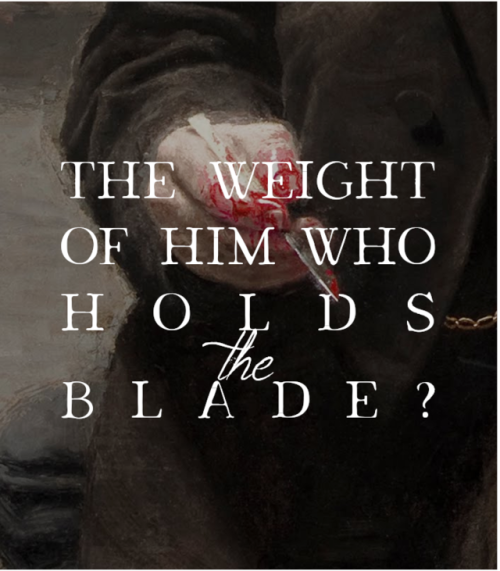#young man in america

Anaïs Mitchell
Young Man In America
May 1, 2012

Anaïs Mitchell’s 2010 epic, Hadestown, was possibly the most overlooked album in a decade. It remains the highest rated album of all time on Any Decent Music – a review aggregator in the MetaCritic vein (where, by the way, it’s not even listed). And yet, no love. Even indie-bible, Pitchfork.com, which churns out 25 reviews a week, missed it. Considering, though, that the album is a “folk opera,” re-telling the story of Orpheus and Eurydice as a commentary on the Great Depression, this is no surprise. While undeniably beautiful, the album was every bit as dense and inaccessible as you might imagine. For that reason alone, I’m going to say that its successor, Young Man In America, might just be better. Mitchell’s ambition may have gained Hadestowncritical recognition as “perfect,” but it was simply too bizarre for public acceptance. In Young Man In America, on the other hand, it’s her subtlety that reigns.
For too long (about 2 weeks), I listened to this album as a purely musical expression, hardly taking the time to understand the content. But that is definitely no critique of the music; Mitchell’s songs are so beautifully crafted that they simply demand listening. Immediately, the title track and “Dyin Day” jump out at you, as near perfect folk songs. Each is simultaneously upbeat, powerful, and soothing, blending a fantastic array of perfectly plucked and pounded instruments. There isn’t a musically bland, or overly conventional song on the album. And, as a cherry on the sundae, none of those unconventional songs are even slightly daunting or inaccessible. They are all catchy without ever sacrificing complexity.
All of that said, theexceptional aspect of Young Man In America is clearly its content. Anaïs Mitchell is as impressive a social critic as they come, cutting to the heart of American life with the poignancy and precision of a Tocqueville or Twain. Young Man In America is not the concept album that Hadestownwas; rather, it’s – in her words – “a meditation on a theme.” Less cryptic than its predecessor, that theme is clear from the title: being a “young man in America.” Thankfully however, you needn’t shudder at the prospect of didactic political bullshit. No, in Young Man In America, Mitchell manages a commentary that is more a beautiful, if tragic, contemplation of American life than a party platform expose.
“Oh mother shelter/A mother is a shelterer… //Your cities are a wilderland / Look upon your children,” she cries on the thumping opener, “Wilderland,” which, when google’d, returns this: “In the fiction of J. R. R. Tolkien, Rhovanion or Wilderland was a large region of northern Middle-earth” (Wikipedia). Simultaneously establishing America as a motherly protector and middle-ages-war-zone, Mitchell crafts a unique, yet familiar, canvas on which to paint her pictures. The first of these pictures, and the title track, traces the life of a ‘young man in America.’ Though her words seem antiquated, her themes still resonate. Blurring the arc of childhood with a tinge of nostalgia – “I come out like a cannonball / Come of age of alcohol” – she invokes an Arcade Fire-esque critique of modern adolescence. Another all too familiar narrative, her protagonist then bounces from his paternal rejection to dreams of fame to a descent into madness, settling ultimately as “Another wayward son / Waiting on oblivion.” This theme is clear throughout the album, perpetually painting a picture of fleeting ease in a turbulent world. The album is similarly caught up in the question of lineage. “He Did,” the album’s central contemplation of fatherhood, traces a strained father-son relationship to a tragically uneventful death, culminating in a set of questions: “But who gave you an axe to grind? / Who gave you a path to find? Who gave you a barn to build? / And an empty page… to fill?” Her ability to turn these situations on their head, making you question and often appreciate some of life’s givens, is where the album becomes truly powerful.
ForHadestown,Mitchell recruited folk heroes Greg Brown, Justin Vernon, and Ani DiFranco – among others – to play the myriad characters of her epic. For YMIA, however, she goes it alone, telling tales from all perspectives – predominantly male – in her singular squeaky voice. Though it may seem little more than an arrogant neglect of the effect of her voice, Mitchell is clearly aware of how best to use it. The consistency and curiosity of her voice gives her ever-shifting perspectives profound weight, removing Mitchell “the story-teller”from her stories, and granting her objectivity as a social critic. The first 8 songs are told from a man’s perspective, in a wide array of tones, culminating in “Annemarie,” a sad cry for the fleeting acceptance of a lover. On the next track, “Tailor,” the album pivots, with a young woman defining herself only in relation to her man. Again, we see Mitchell’s brilliant ability to balance every situation, striking a note in the heart of every listener. Truly a feat, few have ever managed to present such a complex, universally relatable tapestry in such a concise, calming entity.
be it ill or be it good,
oh, my sweet babe,
i am doing as i should-
-every day a dyin’ day.
anais mitchell - dyin’ day // thomas eakins -the gross clinic(detail)
Post link


